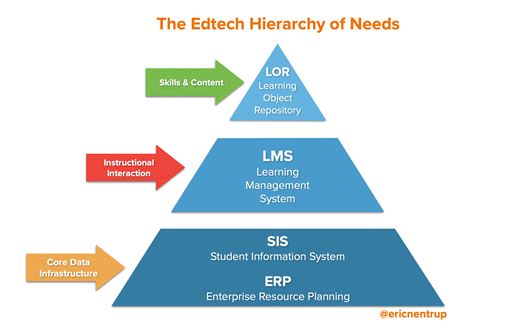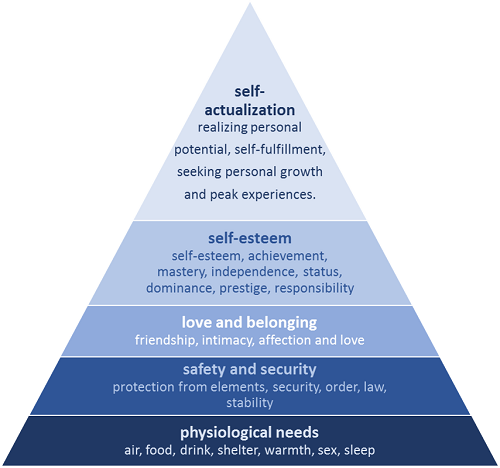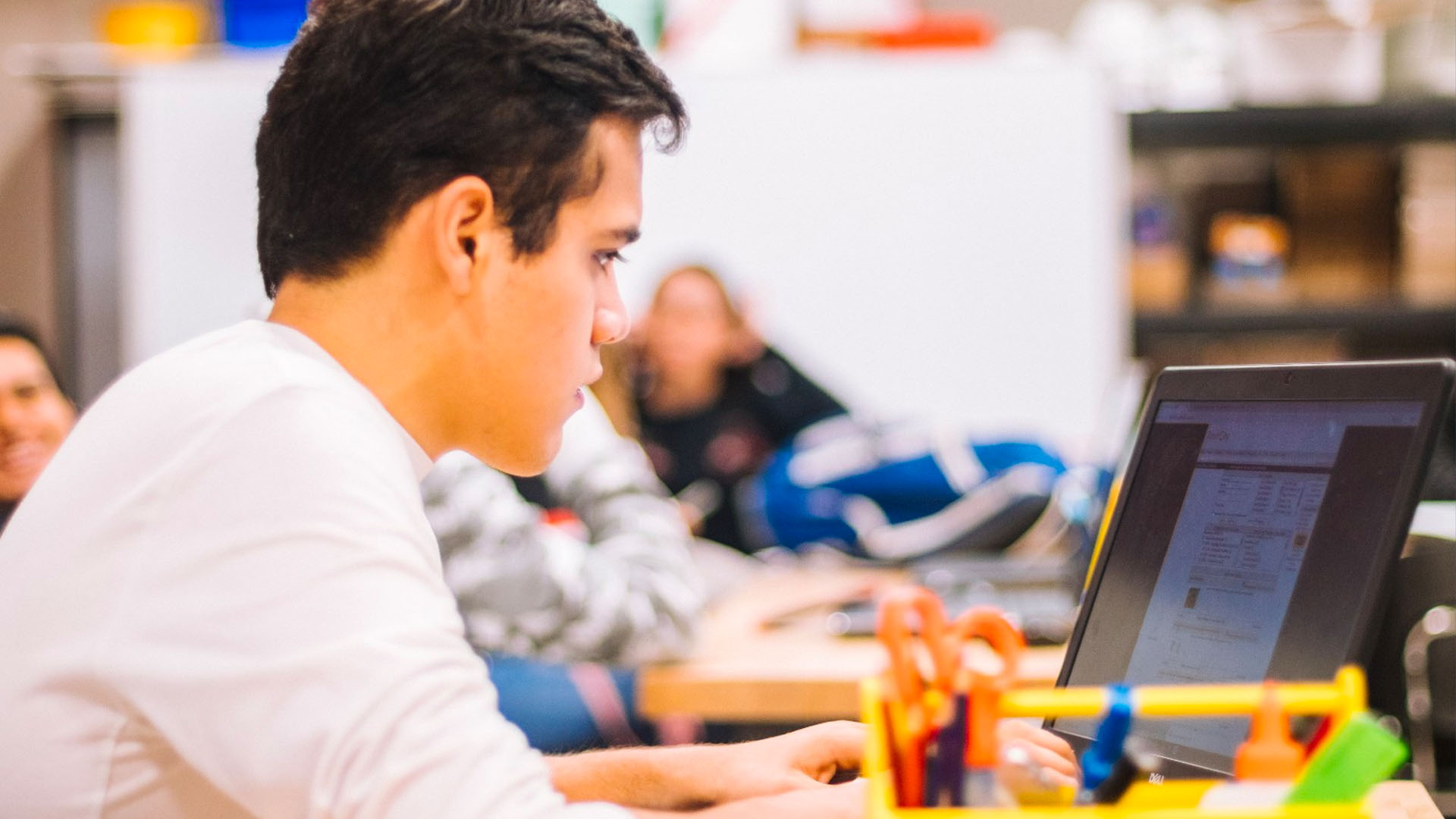Finding the right tools to do our jobs as educators more effectively can seem an endless pursuit. For those of us who taught English, it may even be reminiscent of the rabbit hole from Alice in Wonderland, or make us appear to our administrators like Don Quixote on a mission. Not every solution that comes along lives up to its promise, or a competitor presents a better approach to solving the same problem. Then we get a new student or a roster for another course and the needs differ enough to go looking for more ways to reach that student or create a better learning experience than we could without such technology.
What’s more difficult is assessing the needs of those staff members responsible for the data work to keep the school compliant with the state or federal government. Schools don’t make as much of an investment in these systems as they do in curriculum. We need a way to better understand how all of our tools are working together to serve the common goal of high-quality, equitable learning for our students.
After consulting with education leaders all over Indiana and beyond, I developed the simple framework below as a means for considering the relationship between different classes of tools we use in our schools every day, and perhaps it can afford some guidance to education leaders working diligently to maximize their allotment of dollars afforded by the Elementary and Secondary School Emergency Relief Fund (ESSER):

The idea for this framework came from my own approach as a classroom teacher, tech integration specialist, and administrator of a blended learning program. Struggling students could point to a diagram of Maslow’s hierarchy of needs and show me one of the important, foundational elements missing from their lives, usually from the “physiological” or “safety and security” layer at the bottom: not getting consistent sleep because they didn’t have a stable home situation, or not getting enough to eat. I learned if too many of the underlying needs were insufficiently met, you couldn’t expect too much nearer the top of the pyramid, where we in education thrive in our practice and are fulfilled in our calling.

It’s not hard to see how teaching grammar or the factoring of polynomials isn’t relevant when a student’s survival needs are threatened. Too many unmet needs and a child’s development is halted because you can’t play Jenga with Maslow’s.
How is it any different for the edtech stack in our districts, when we have an underperforming student information system or enterprise resource planning suite at the foundation of our edtech stack? Are teachers and staff constantly needing reminders to complete certain tasks in one of the apps that reports back to the central office? Or are students and parents constantly asking where to login to do coursework?
As educators, it’s easier to spend time and energy on those skills and content apps that contribute learning experiences and materials to what instructional designers refer to as the “learning object repository” or LOR. They’re the cheapest per license apps (usually). And unlike the enterprise grade apps we use to keep day-to-day operations moving relatively smoothly, they’re the ones that net the most direct data that our classrooms are staying on mission. But when our accountability and compliance are proven whenever we submit a report to the state or federal departments of education using those tools at the foundation, doesn’t it stand to reason that like Maslow’s with a striving student, our overall performance is limited by the breadth and depth of that product’s development?
Hopefully the latter issue was brought to the forefront during the strain of 2020 and more students learning online than ever before, but it raises a bigger question:
At what point is the issue on the software vendor and not the users?
Not all vendors adhere to the same design ethos. When Apple ushered in the smartphone era in 2007, it was concurrent with a paradigm shift in how designers and developers created content for the internet. After years of coders conceptualizing a more interactive user experience online, Web 2.0 finally had an outlet for the masses. In hindsight, this is when a slew of new technologies, specifications, and approaches changed our culture indelibly. However, there are still ample examples of education technology that haven’t sufficiently updated their core codebase, from the backend database through the way data is rendered visually on the screen. Relative to other sectors, edtech’s sophistication for all that creates a modern user experience is still lagging and we all know it as edleaders.
Aside from the overall age of the product and the expense for the developer to start over with newer core technologies, if they don’t serve school partners outside of the state where they are located, they may not have enough revenue to hire the talent or tech to build more modern apps and platforms. Those two tells alone speak to the product talent at a particular vendor
This blog series intends to alleviate the struggle to cut through the marketing language and increase your overall technical savvy, as well as shine a light on some of the emerging superstars of edtech, showcasing unique solutions that have exemplary user interface/user experience (UI/UX) offerings, modern core technology underneath, and a philosophy that aligns with where the profession is headed instead of merely serving the status quo.
To start the series, we will highlight the first of four established edtech companies that are doing exceptional work in their respective spaces. In future posts, we will bring even more examples that may complement the vision and strategy of your school or district, in order to get the most out of your time in the marketplace looking for solutions.
Each of these vendors qualifies for ESSER funding and adheres to modern technology frameworks, an agile development ethos, and a commitment to an exceptional user interface/user experience. These are solutions I impartially endorse and pass a litmus test for quality and promise for education leaders looking for ways to bolster the efficacy of their strategic plans.
A sample of the edtech companies in the showcase include:
We will focus on the first layer of the Edtech Hierarchy of Needs for the first three posts, starting with Abre in our next post.
Looking ahead to future posts, what hidden gems have you found to help your practice? Be sure to leave your thoughts on Twitter: @keepindianalearning & @ericnentrup.
Resources
Please login or register to claim PGPs.
Alternatively, you may use the PGP Request Form if you prefer to not register an account.







